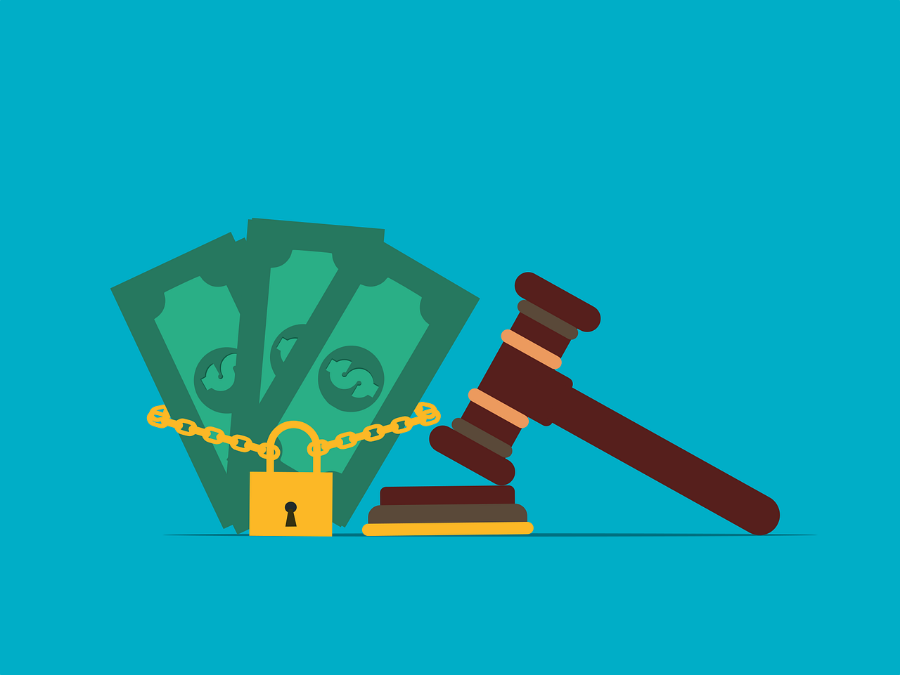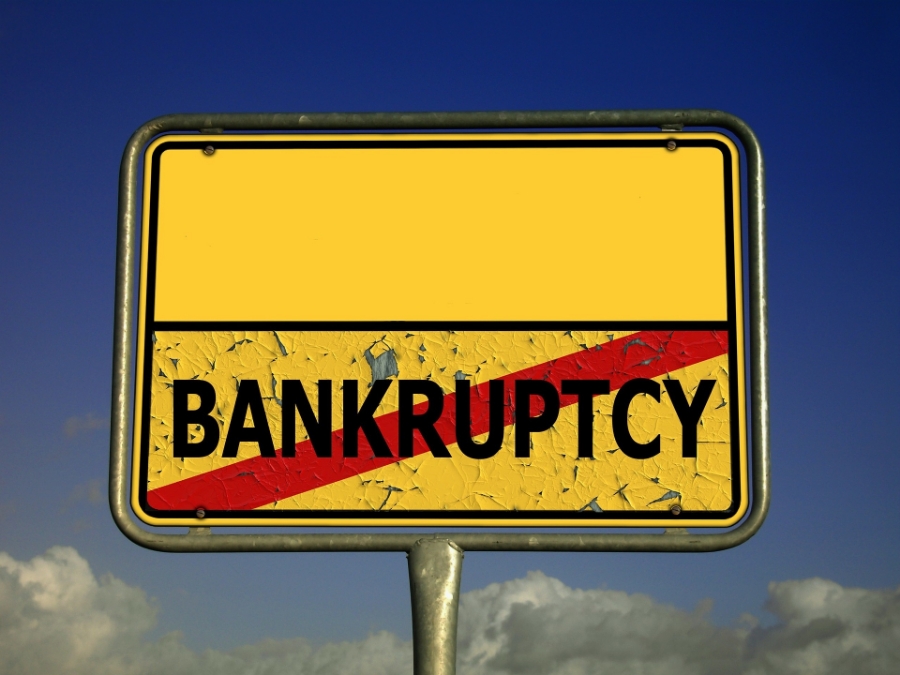One of the biggest risks for any small business owner is the possibility of facing a lawsuit or a debt collection from creditors. If you have invested a lot of your personal assets into your business, you may lose them if your business becomes insolvent or bankrupt. Therefore, it is important to take proactive steps to protect your business from creditors before any financial problems arise. Here are some strategies that you can consider to safeguard your business assets and your investment from creditors.
a. The time to protect your business investment from creditors is before any financial problems arise.
If you fail to protect your business assets before you borrow money, incur substantial debt, or encounter significant financial problems, you may be giving your business creditors a better chance of accessing your assets and challenging any future planning you have done.
b. Understand your exposure as a principal of the business.
As a shareholder of the business, your exposure is generally limited to the amount of your investment, including your shareholdings and any shareholder loans you make to the corporation. However, various situations may arise which impose additional liability upon you.
If you have given a personal guarantee to guarantee the debts and obligations of the business, creditors may be able to sue you and attach your personal assets (by way of garnishment or seizure) to cover the amount guaranteed.
As a director or officer of the company, you may also have additional personal liability for such things as unpaid employee salaries, uncollected or unremitted sales or other taxes, unremitted payroll deductions, and breach of contract.
c. Protect your personal assets.
Prior to signing a personal guarantee, engaging in a new business opportunity or agreeing to be a director or officer of a company, you should consider the following strategies:
- If you haven’t already done so, incorporate the business as a for-profit company or an LLC to separate your personal assets from your business’ liabilities, limiting creditor access to business assets only.
- Transfer your personal assets to your spouse or some other party (at fair market value).
- Invest your money in assets which are exempt from creditors’ claims.
- Set up an asset protection trust in a foreign jurisdiction.
d. Protect the company's bottom line.
There are similar steps you can take to protect the profits of your business:
- Establish a holding company to hold the shares in the corporation. The profits of the business could then be paid on a tax-free basis to the holding company through dividends on the shares. Those profits can be reinvested or loaned back to the business in the form of a shareholder’s loan, which would ensure that cash flow remains unaffected. The business can grant security back to the holding company for repayment of the loan, making the holding company a secured creditor. In addition, the holding company can purchase equipment or land required by the business and then lease it back to the business, at a profit. These assets could then be out of reach from business creditors.
A holding company is a separate legal entity that owns shares in another company, usually the operating company that runs the business. The profits of the business could then be paid on a tax-free basis to the holding company through dividends on the shares. Those profits can be reinvested or loaned back to the business in the form of a shareholder’s loan, which would ensure that cash flow remains unaffected. The business can grant security back to the holding company for repayment of the loan, making the holding company a secured creditor. In addition, the holding company can purchase equipment or land required by the business and then lease it back to the business, at a profit. These assets could then be out of reach from business creditors.
- Set up a trust. Any shares in the holding company could be transferred to the trust, and any funds paid by the holding company to the trust by way of a dividend would belong to the trust for the benefit of the trust beneficiaries. These funds would not be available to creditors even if one or more of the beneficiaries signed personal guarantees, or have other personal obligations.
A trust is a legal arrangement that allows a person or an entity (the trustee) to hold and manage assets for the benefit of another person or group of persons (the beneficiaries). Any shares in the holding company could be transferred to the trust, and any funds paid by the holding company to the trust by way of a dividend would belong to the trust for the benefit of the trust beneficiaries. These funds would not be available to creditors even if one or more of the beneficiaries signed personal guarantees, or have other personal obligations.
All creditor proofing strategies require careful consideration of taxation issues so as to avoid income attribution problems or the unexpected triggering of capital or income gains. The above opportunities and strategies represent only a sample of what ought to be considered. Each circumstance will offer its own opportunities and restrictions on planning.You should consult with a professional accountant and a lawyer before implementing any of these strategies to ensure that they are suitable for your situation and comply with the relevant laws and regulations.
- Make a secured shareholder loan to the business secured by business-owned assets as collateral. You will then have a priority creditor claim against those assets if the business defaults.
Image by Mohamed Hassan from Pixabay.











